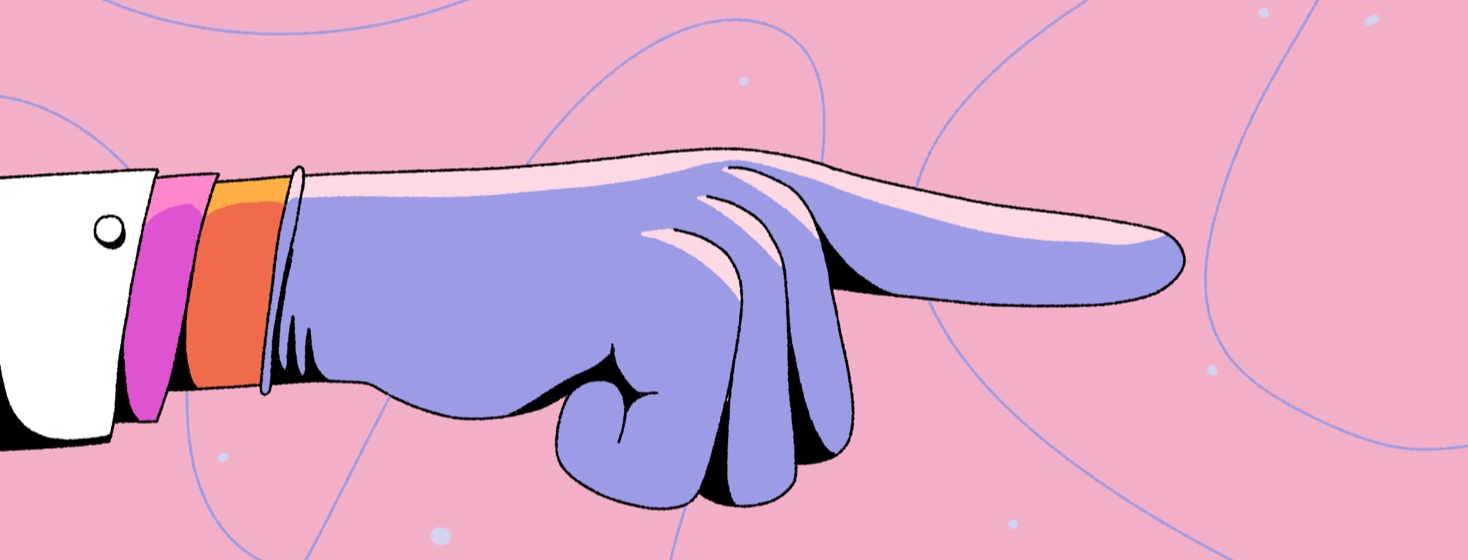A First-Timer's Guide to Pelvic Floor Physical Therapy
I work as a pelvic floor physical therapist and commonly treat people with endometriosis. There are times when an internal release of the pelvic floor can be helpful to stretch these small muscles.
For cis women, this usually means inserting a finger into the vagina and providing very gentle pressure in a clock-like fashion to reach different muscles located within the bony cavity of the pelvis. The physical therapist can perform this, with the end goal being to teach those with pelvic floor tension to release these muscles themselves using their own fingers, dilators, or a wand.
It wasn’t until I took my very first course to learn about the rectal entry of stretching that I experienced firsthand how different muscles of the pelvic floor can be accessed through the back passage.
Was it a fun encounter to have another physical therapist place a finger in my behind? No.
But I did feel vastly different after having this performed versus the more traditional vaginal release. I then began employing this technique with my patients.
Anatomy of the pelvis
Imagine the layout of your own pelvis. In the front is the bladder which leads out into the urethra.
In the middle are the uterus and ovaries, which lead out into the vagina. In the back is the colon which leads to the rectum and anus.
Now imagine how you feel when your bladder is inflamed or you have urethral burning. The bladder can commonly flare-up, especially in people with endometriosis, who also have the symptoms of interstitial cystitis.
These symptoms include lower abdominal and urethral pain as the bladder fills and empties.
Releasing the pelvic floor muscles via the vagina can often be an uncomfortable experience for those in an endo flare. This is, in part, because the bladder lies so close to the front wall of the vagina, and sometimes the slightest palpation near the bladder can upset it.
What organ system is furthest away from the bladder in the lineup of the pelvis? The end of the digestive tract, or the rectum and anus.
What is the role of the rectum?
Along the rear portion of your pelvic floor, there are small muscles that control the motion of the sacrum and tailbone. One such muscle is the coccygeus; this muscle lengthens during a bowel movement to allow a nodding motion of the sacrum which opens up the back passage.
After a bowel movement, the coccygeus muscle pulls the tailbone underneath the body once more.1
Now imagine that the coccygeus muscle is tight. This can result in constipation because the bones cannot open as effectively when the coccygeus is in spasm, tailbone pain, and pain deep in the butt.
How can we stretch a muscle that controls the tailbone and plays such an enormous role in defecation? We can do it through the rectum.
Stretching solely through the vaginal wall is often not sufficient to address deep butt or tailbone pain.
Will I poop during pelvic floor PT?
What does it feel like to be stretched through the rectum? Well, it can feel as though you are going to have a bowel movement right then and there.
My patients often ask me how many people actually poop during this treatment. The truth is that the sensation to defecate will be present, but the mechanics of defecation are such that it is very difficult to have a bowel movement while lying on your side in the fetal position (the preferred patient position during this maneuver).
Once people understand this, they are more apt to relax and let the muscles go, which is the whole point of the treatment!
What are the benefits of pelvic floor stretching through the back passage? First, we can stay far away from an irritated bladder.
Second, we can access different and more deeply lying muscles of the sacrum. When these muscles are lengthened, more easeful and complete bowel movements are likely.
Thirdly, we can address tailbone and butt pain in the most direct way possible.
How will I feel after treatment?
I often have patients call me from their cars after they have left the office following a rectal release, saying they had no idea how different this could be. "I feel so much less pain in my butt." "I feel like my next bowel movement is going to be AWESOME!"
Suffice it to say that hearing these reports is a very rewarding feeling. It is just as rewarding as being brave enough to get through my very first rectal release performed by someone else.
In summary, stretching the pelvic floor muscles of the back passage allows for complete bowel movements, can decrease butt and tailbone pain, and can be an exciting adjunct to your treatment in PT with vast possibilities.
If you are having pain in your @$$, find a pelvic floor physical therapist and open your mind to a whole new experience.

Join the conversation